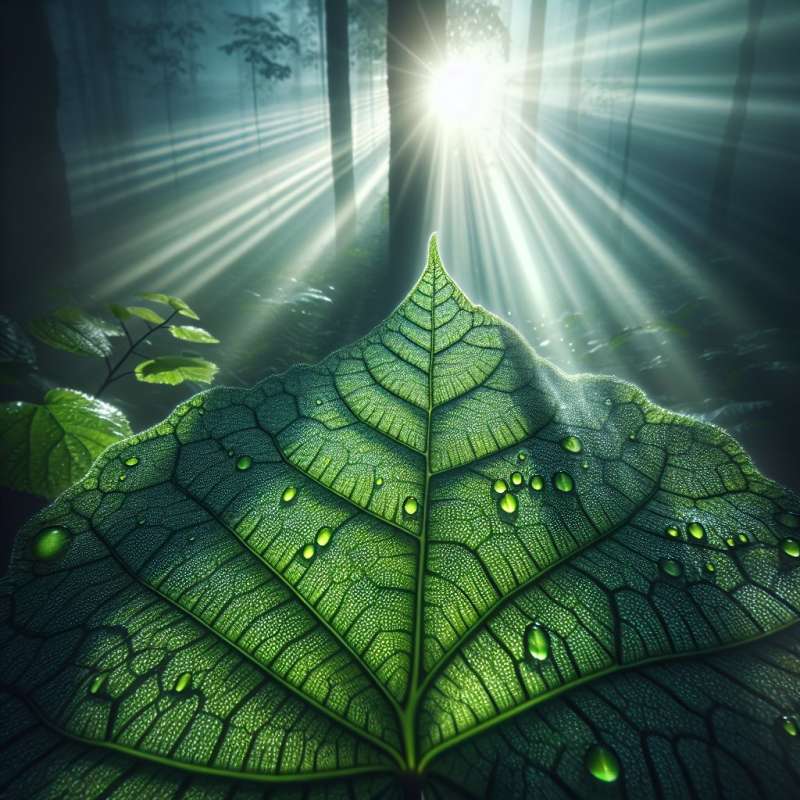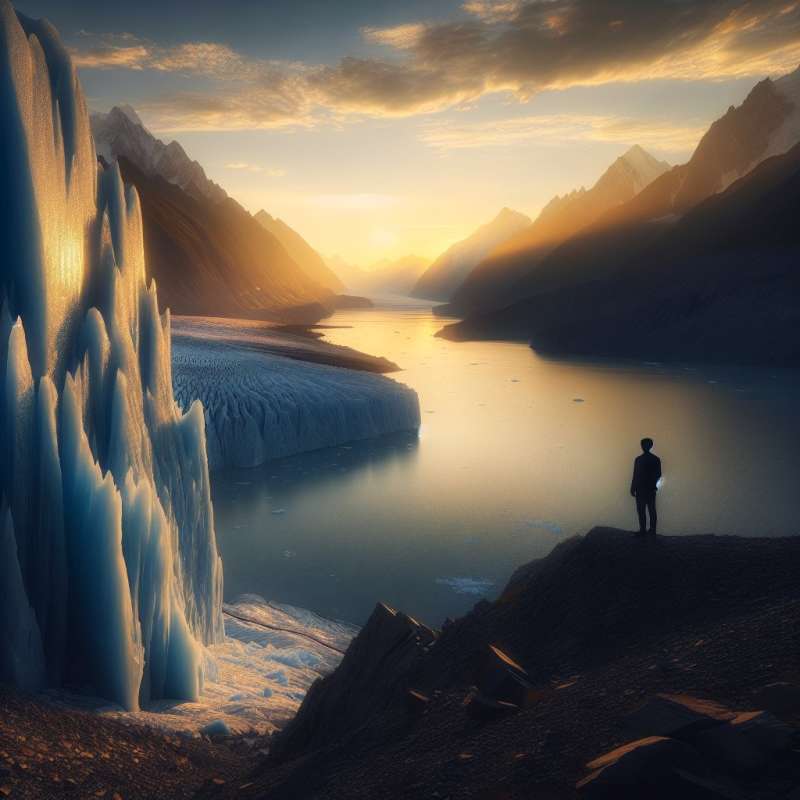
Water Cycle Introduction
The water cycle, or hydrologic cycle, recirculates Earth's water. It's a continuous system powered by solar energy, involving evaporation, condensation, precipitation, and collection.
Evaporation: Water's Ascent
Evaporation transforms liquid water to vapor. Intriguingly, only the top layer of molecules escape, with factors like wind and temperature influencing the rate.
Transpiration: Hidden Process
Plants contribute to evaporation. Through transpiration, they release water vapor from tiny leaf pores called stomata, significantly impacting humidity and rainfall patterns.
Condensation: Cloud Formation
Water vapor cools and condenses around particulates in the air, forming clouds. Surprisingly, these particles can be microscopic sea salt or dust, acting as cloud seeds.
Precipitation: More Than Rain
Gravity pulls condensed water down as precipitation—rain, snow, hail. Fascinatingly, snowflakes form unique patterns, with some flakes potentially containing bacteria that catalyze freezing.
Collection: Endless Journey
Water collects in bodies like oceans, lakes, and groundwater. Remarkably, some of Earth's water is ancient, trapped in ice or underground for millennia.
Human Impact: Cycle Changes
Our actions alter the water cycle. For example, urbanization increases runoff, reduces infiltration, and can overload drainage systems, leading to more flooding events.Cloud Seeds
Antarctic bacteria can travel to the atmosphere, acting as seeds for cloud formation thousands of miles away, influencing global weather.
What powers the water cycle?
Gravitational forces
Solar energy
Geothermal heat
Company